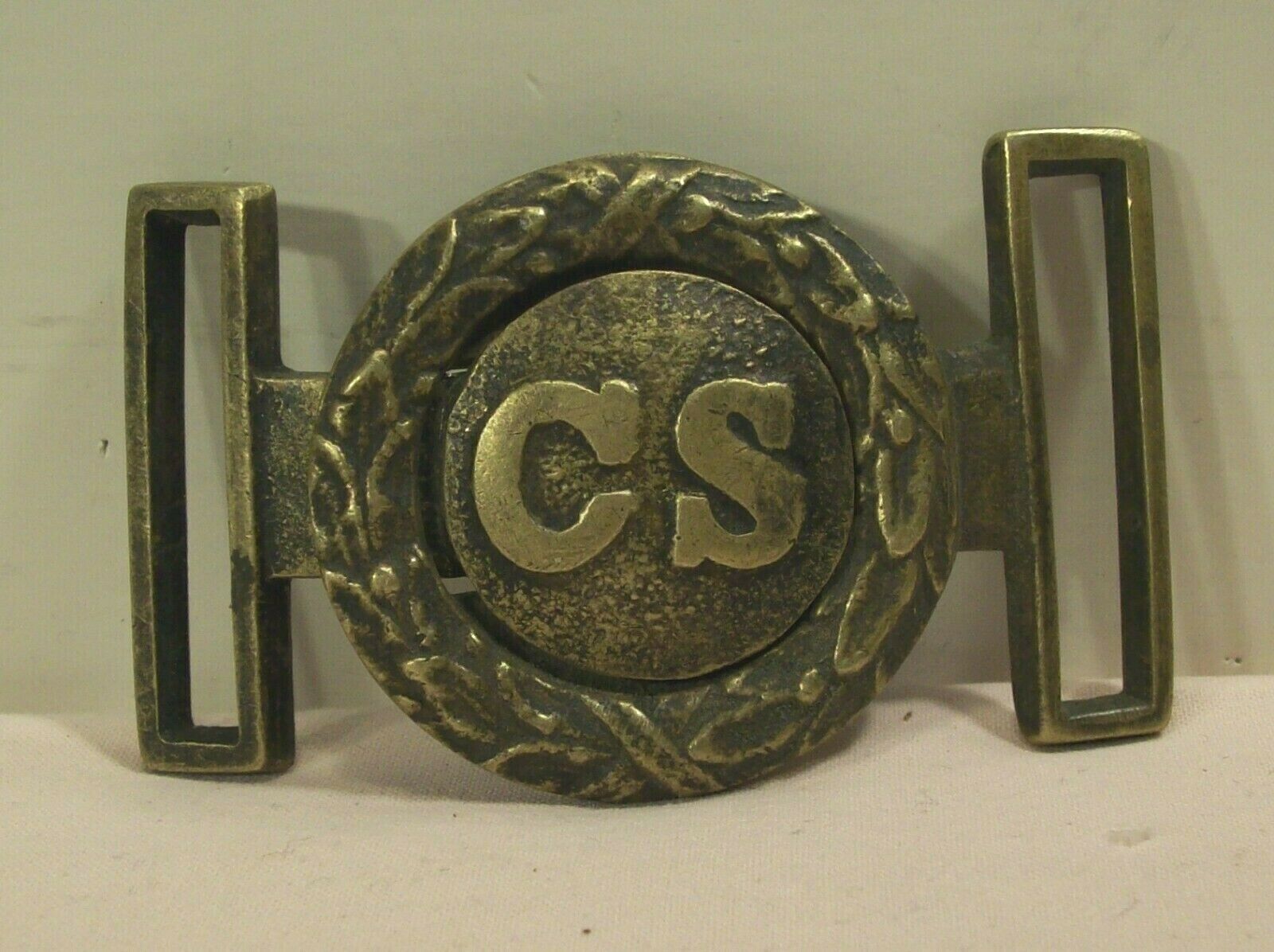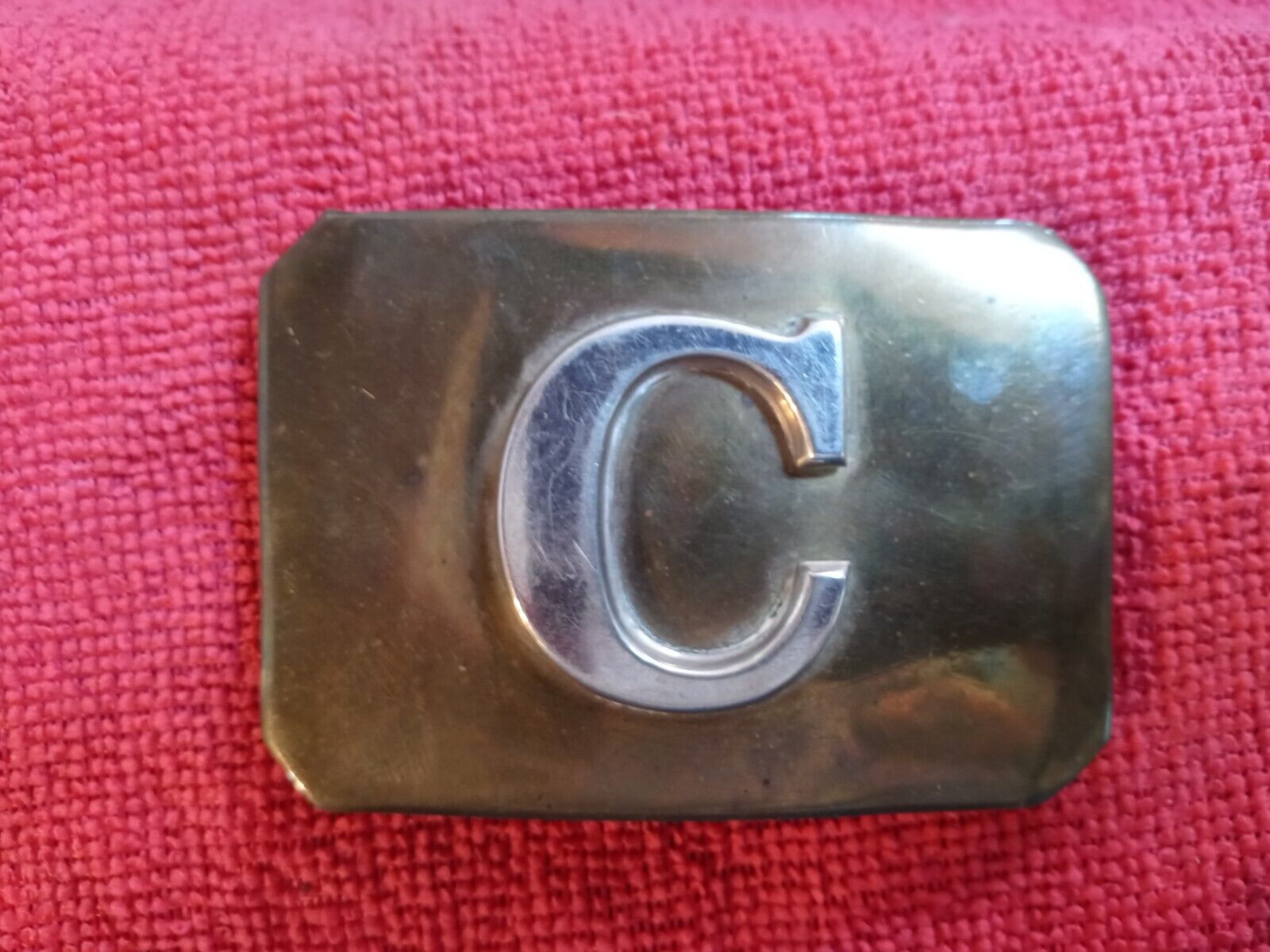-40%
CIVIL WAR US BELT BUCKLE DUG LEAD BACK Missing All HOOKS in Place DUG Texas
$ 34.32
- Description
- Size Guide
Description
Please do not ask me to change any part of the auction, this includes shipping. Also, once an item is brought I will no alter any information on any form. Happy to combine shipping. Buyer pays postage to send item back. All items will have a confirmation number. I have had complaints before about not having a tracking number. WE SHIP WORLDWIDE. Feedback will not be sent until I receive feedback. Please feel free to read my feedback. I'm very proud of my feedback. I sell military collectables. If you choose to wear or actually use items, it is at you own risk. Contact me to make prior arrangements on payment, I am happy to work with you. I DO COMBINE POSTAGE FOR MULTIPLE ORDERS.General & Special Orders were issued to communicate commands and information to the Army. Each order, issued in writing by a command, was then printed for distribution to each unit, either at an army department headquarter or by commanders at local headquarters, sometimes in the field on portable printing presses. The orders were then issued to regiments, often to be read aloud to the troops.
General Orders were printed as issued with date & location; at the end of a year the regimental adjutant might retain them loose or simply string bind them by punching holes or cut slits in the left margin and stringing on ¼? red cloth string tape (the source of the old expression "government red tape"). Sometimes an officer or HQ clerk might take a group of orders to a local print shop or bookbinder and have an accumulation bound with leather or cloth covers.
Usually, American Military Orders of the 19
th
century including Civil War era were printed on an 8 x 5? sheet of quality rag paper.
General & Special Orders were issued to communicate commands and information to the Army. Each order, issued in writing by a command, was then printed for distribution to each unit, either at an army department headquarter or by commanders at local headquarters, sometimes in the field on portable printing presses. The orders were then issued to regiments, often to be read aloud to the troops.
General Orders were printed as issued with date & location; at the end of a year the regimental adjutant might retain them loose or simply string bind them by punching holes or cut slits in the left margin and stringing on ¼? red cloth string tape (the source of the old expression "government red tape"). Sometimes an officer or HQ clerk might take a group of orders to a local print shop or bookbinder and have an accumulation bound with leather or cloth covers.
Usually, American Military Orders of the 19
th
century including Civil War era were printed on an 8 x 5? sheet of quality rag paper.

















